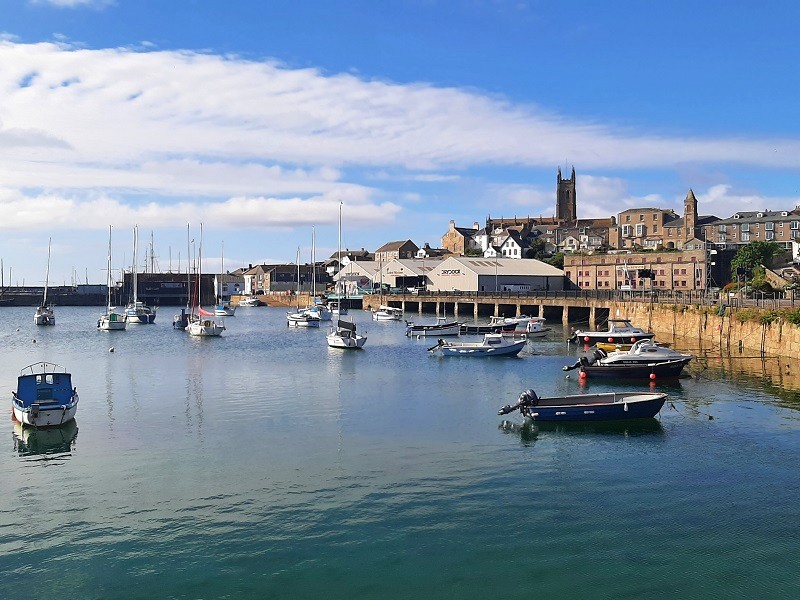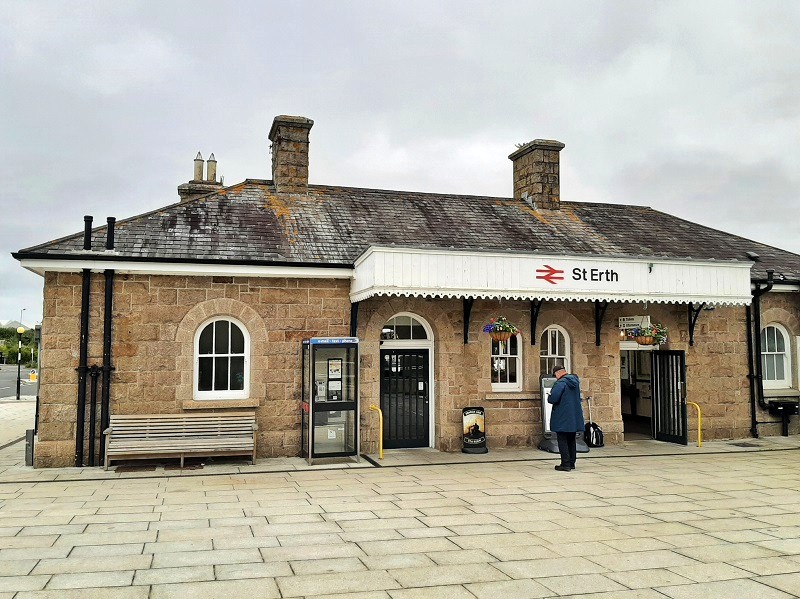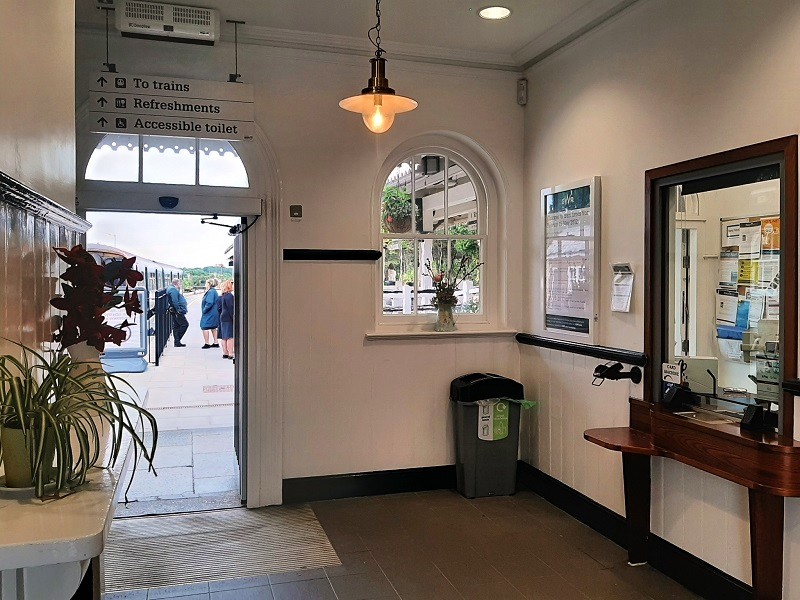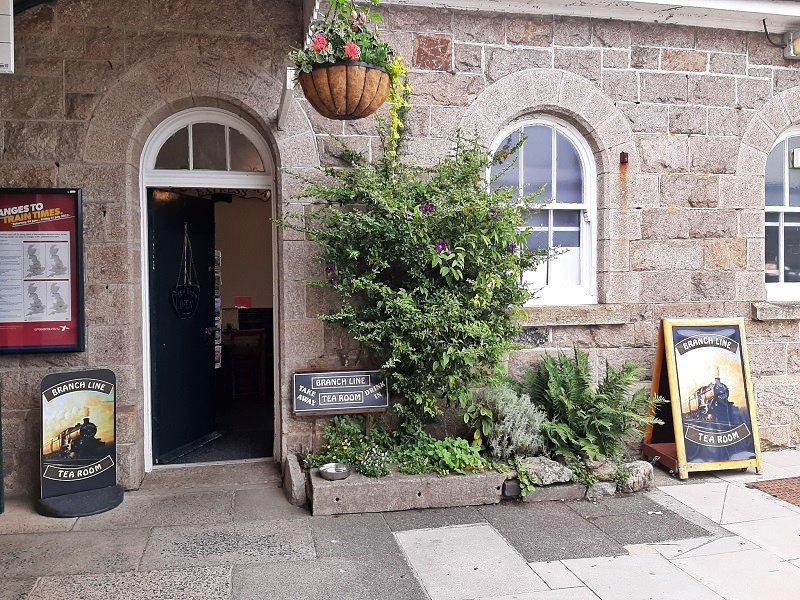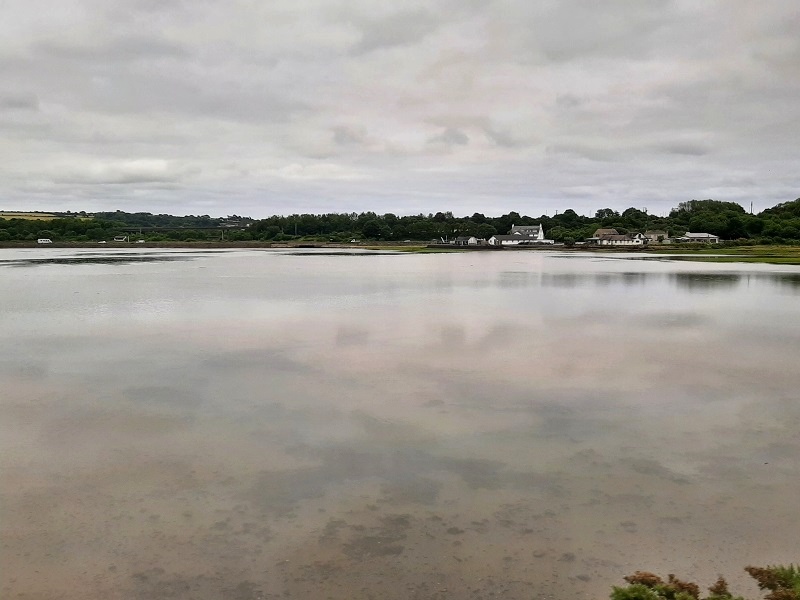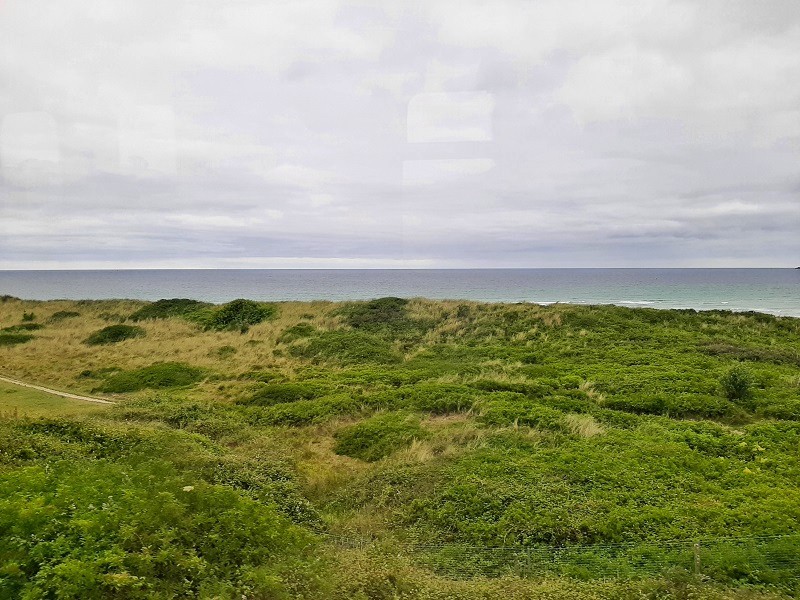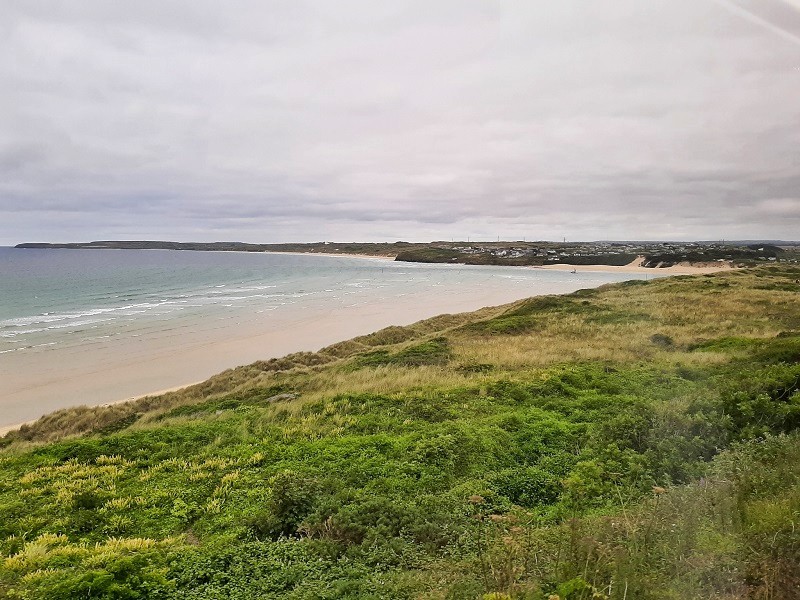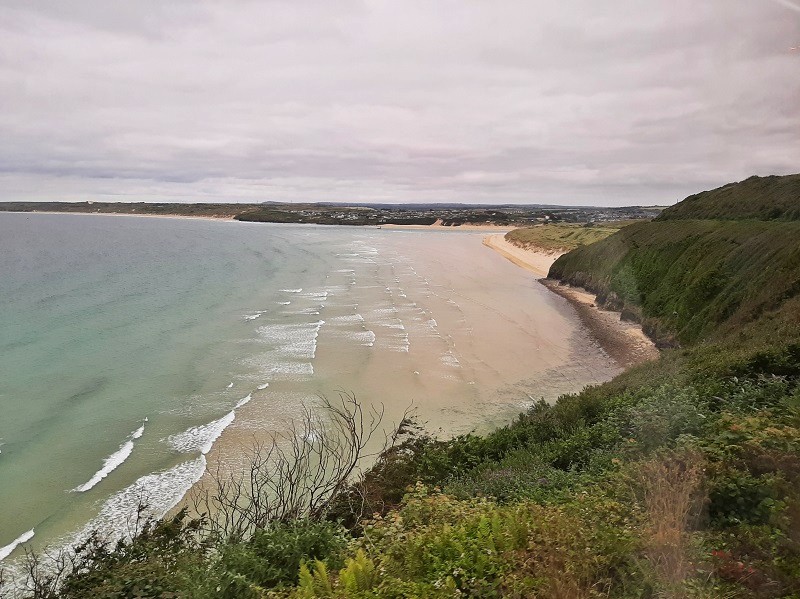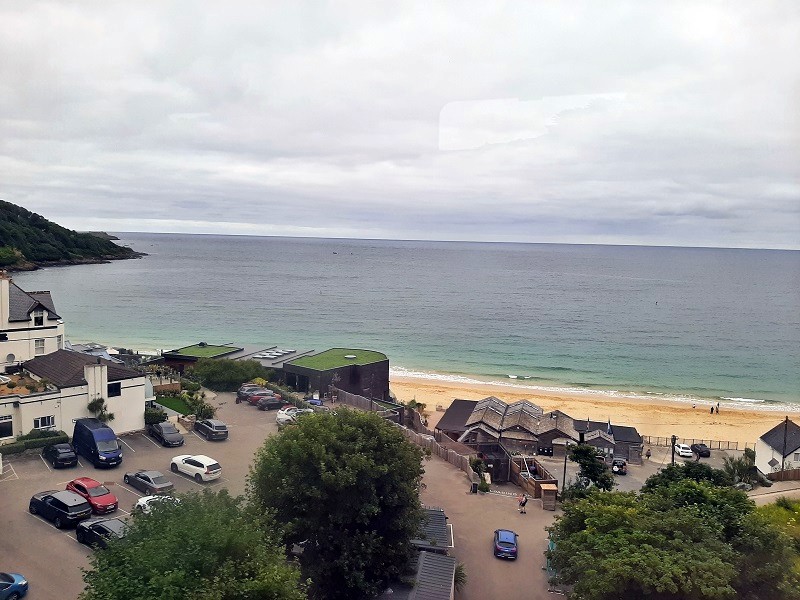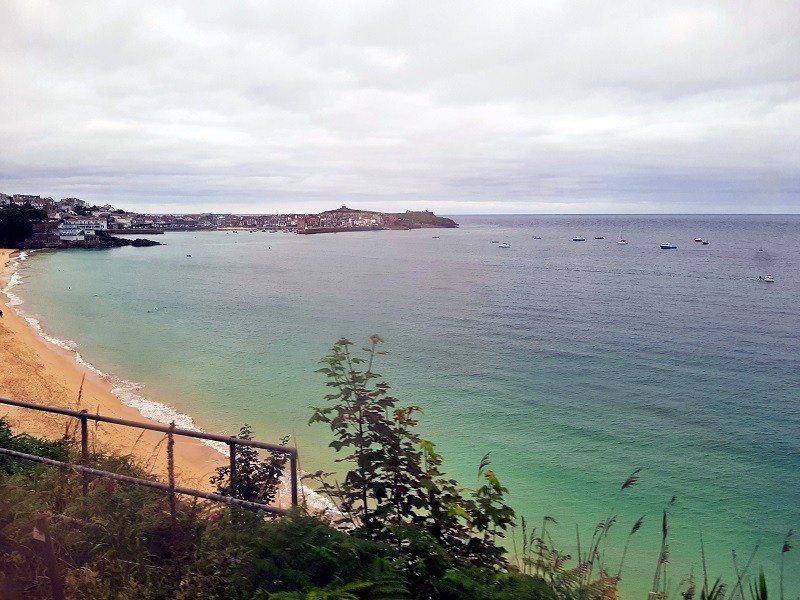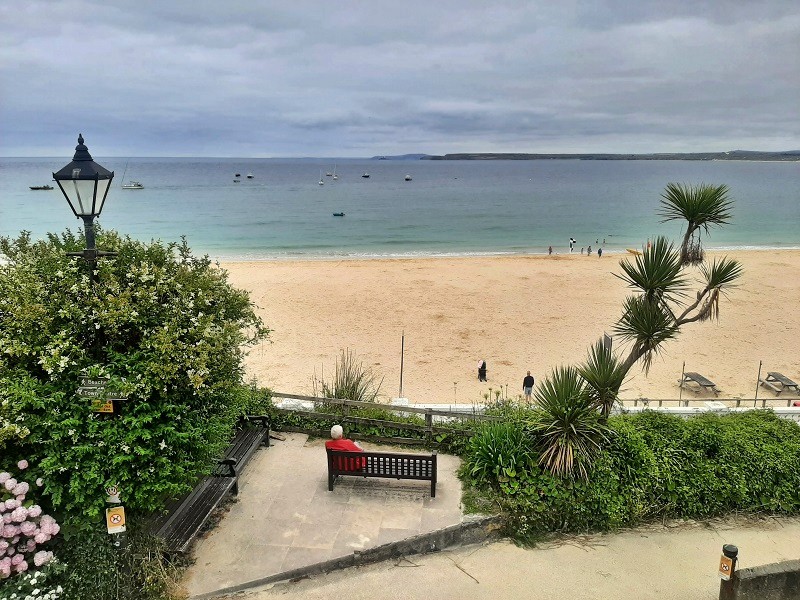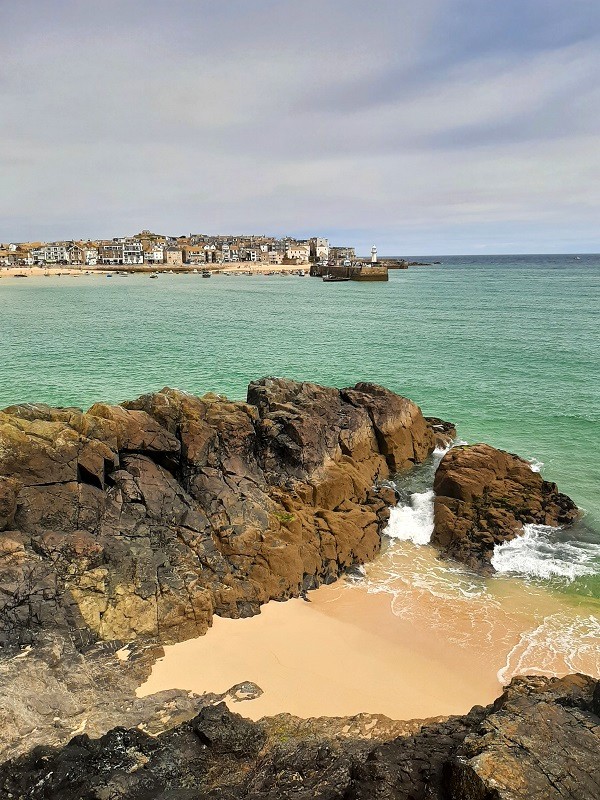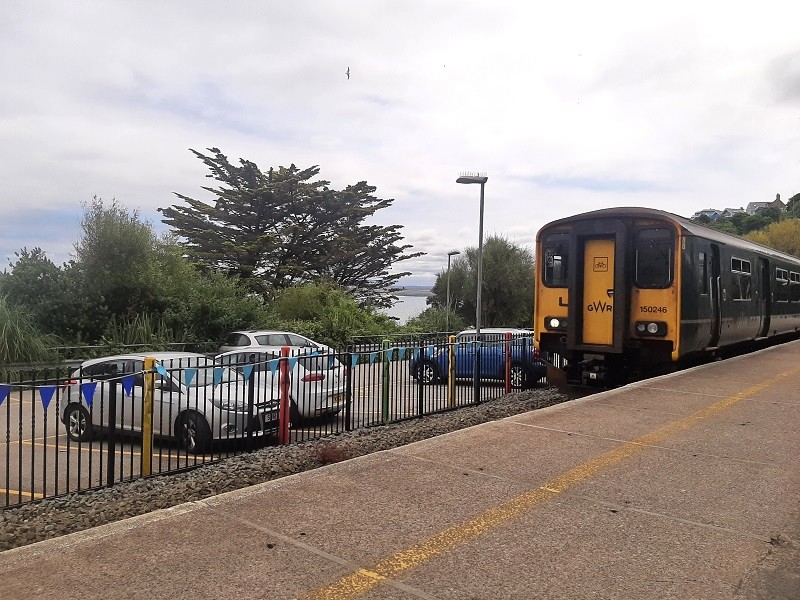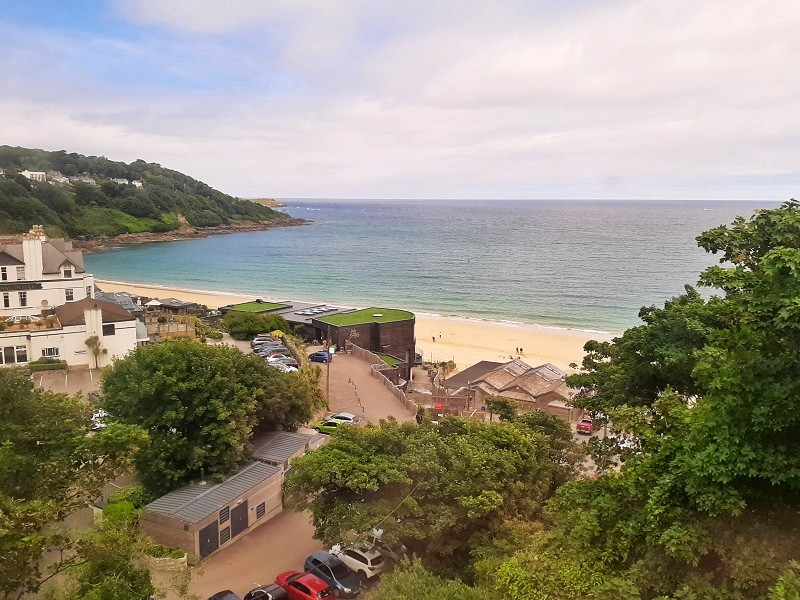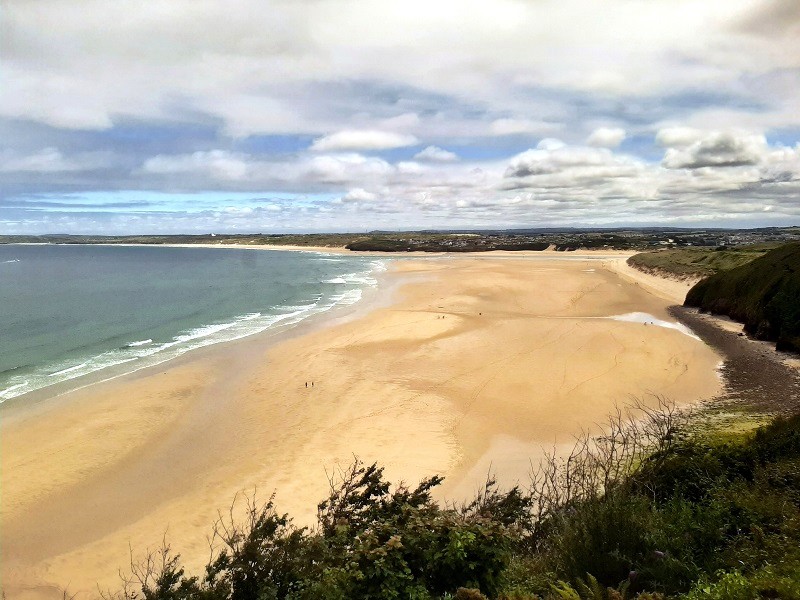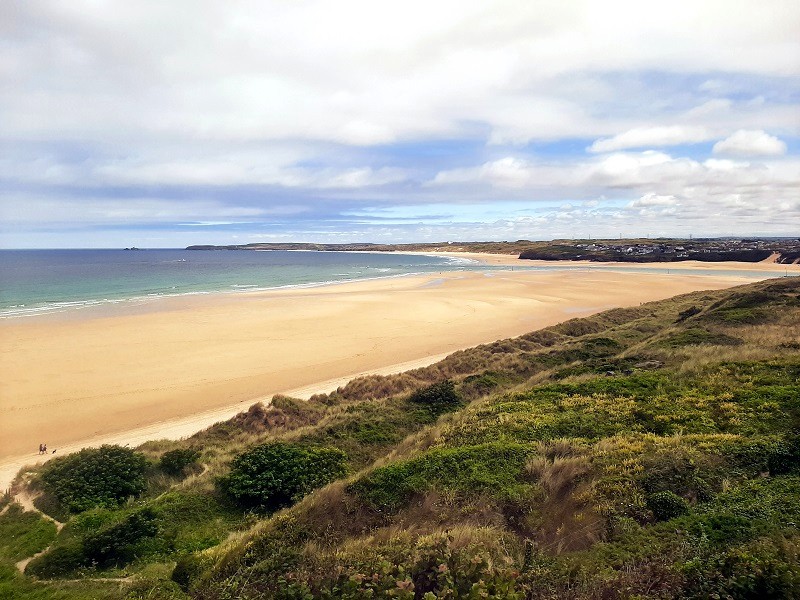By Train to St Ives: A Trip on the Branch Line From St Erth
By train to St Ives

My trip to St Ives
Penzance station
My journey to St Ives began at the terminus station of Penzance, the western end of the Cornish Main Line.
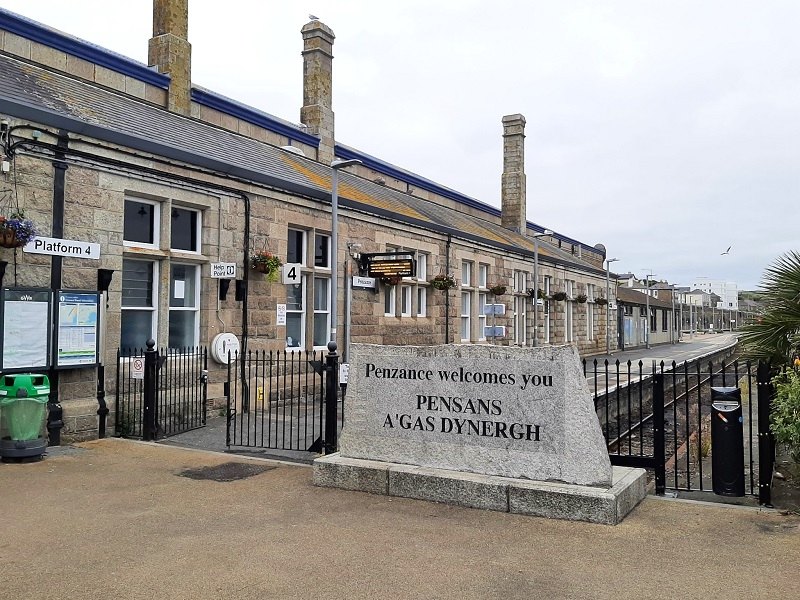
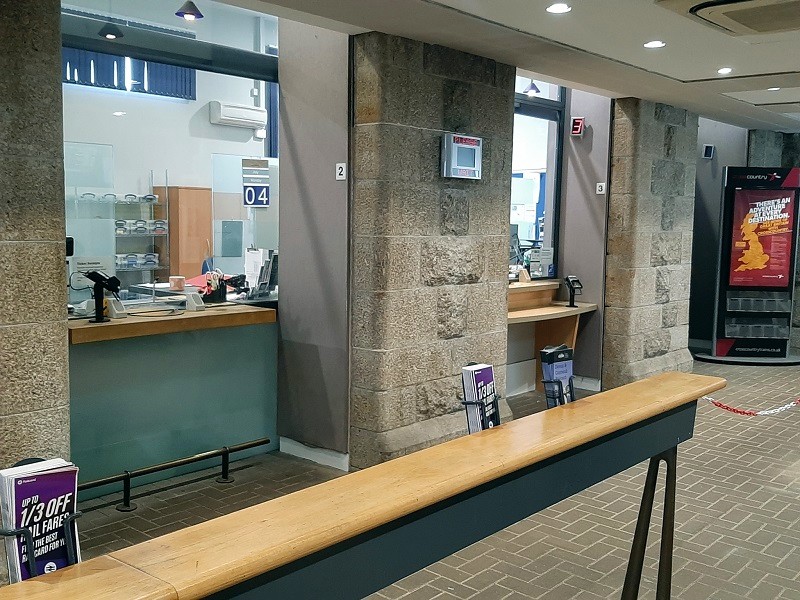


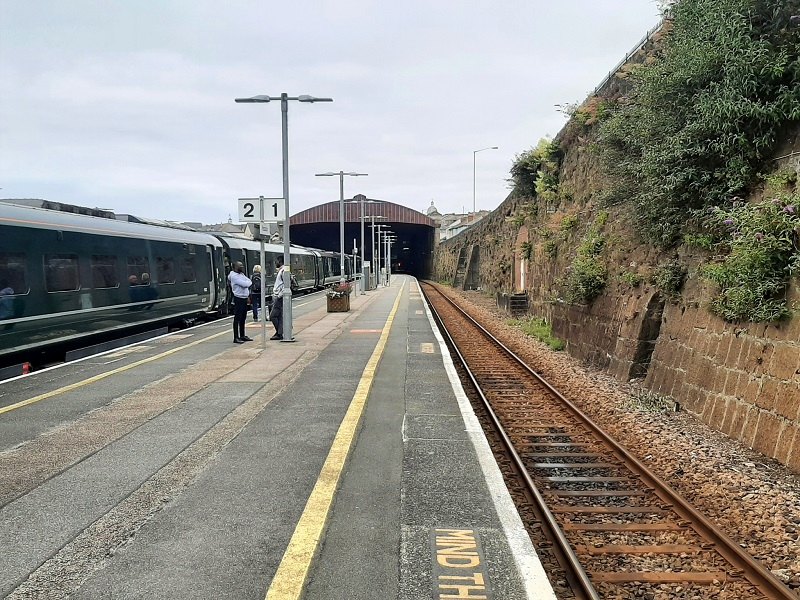
From Penzance to St Erth by train





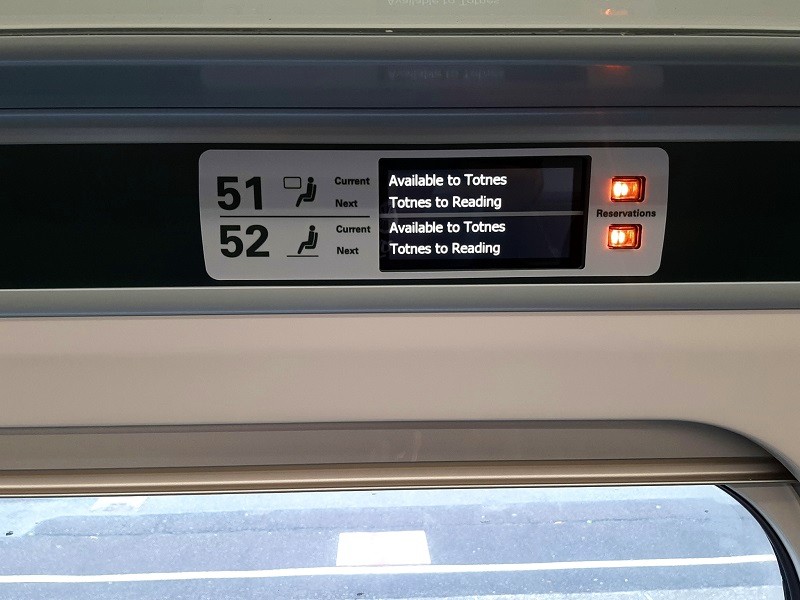
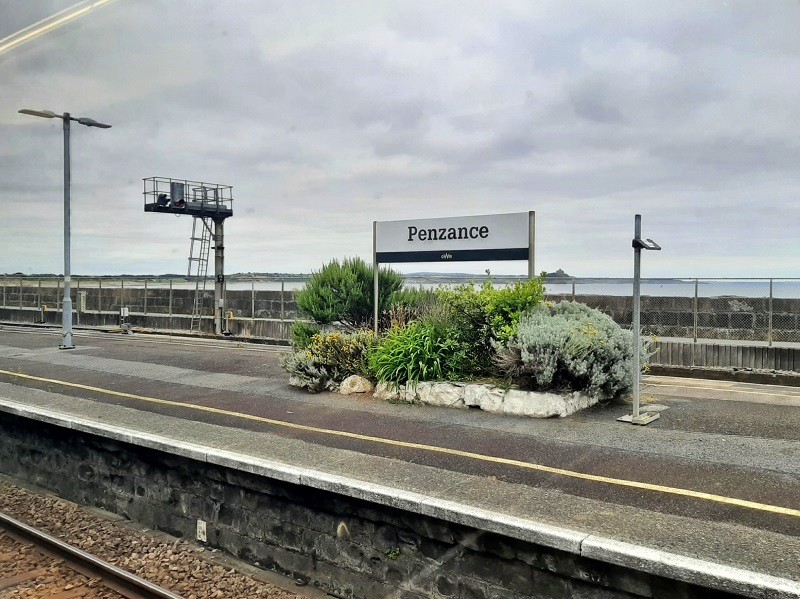



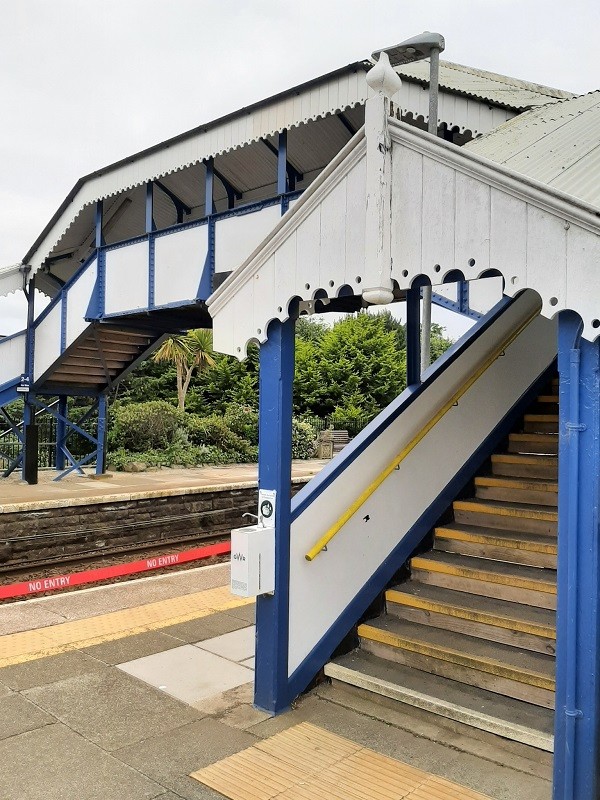


St Erth station
Just like so many other rural British stations, the railway station of St Erth is highly picturesque and extremely well-kept.
The St Ives branch line
This article is part of the ‘From Cornwall to Yorkshire: Train Travel Through England‘ trip report, which consists of the following chapters:
1. My British Airways Cancellation and Compensation Saga
2. Review: Turkish Airlines Airbus A350 Business Class Bucharest to Istanbul
3. Review: Turkish Airlines Business Lounge Istanbul Airport
4. Review: Turkish Airlines Airbus A321 Business Class Istanbul to Birmingham
5. Review: CrossCountry Train Birmingham International to Reading
6. Thirsty in Tyburnia: Spending a Sunny Afternoon in London
7. London Paddington and the GWR First Class Lounge
8. Review: GWR Night Riviera Sleeper Train London to Penzance, Cornwall
9. Penzance: A Visit to Cornwall’s Down-to-Earth Seaside Town
10. By Train to St Ives: A Trip on the Branch Line From St Erth (current chapter)
11. St Ives: Cornwall’s Most Picturesque Seaside Town
12. St Michael’s Mount: A Visit to Cornwall’s Most Iconic Sight
13. Review: Great Western Railway (GWR) Penzance to Plymouth
** rest of the chapters to follow soon **





